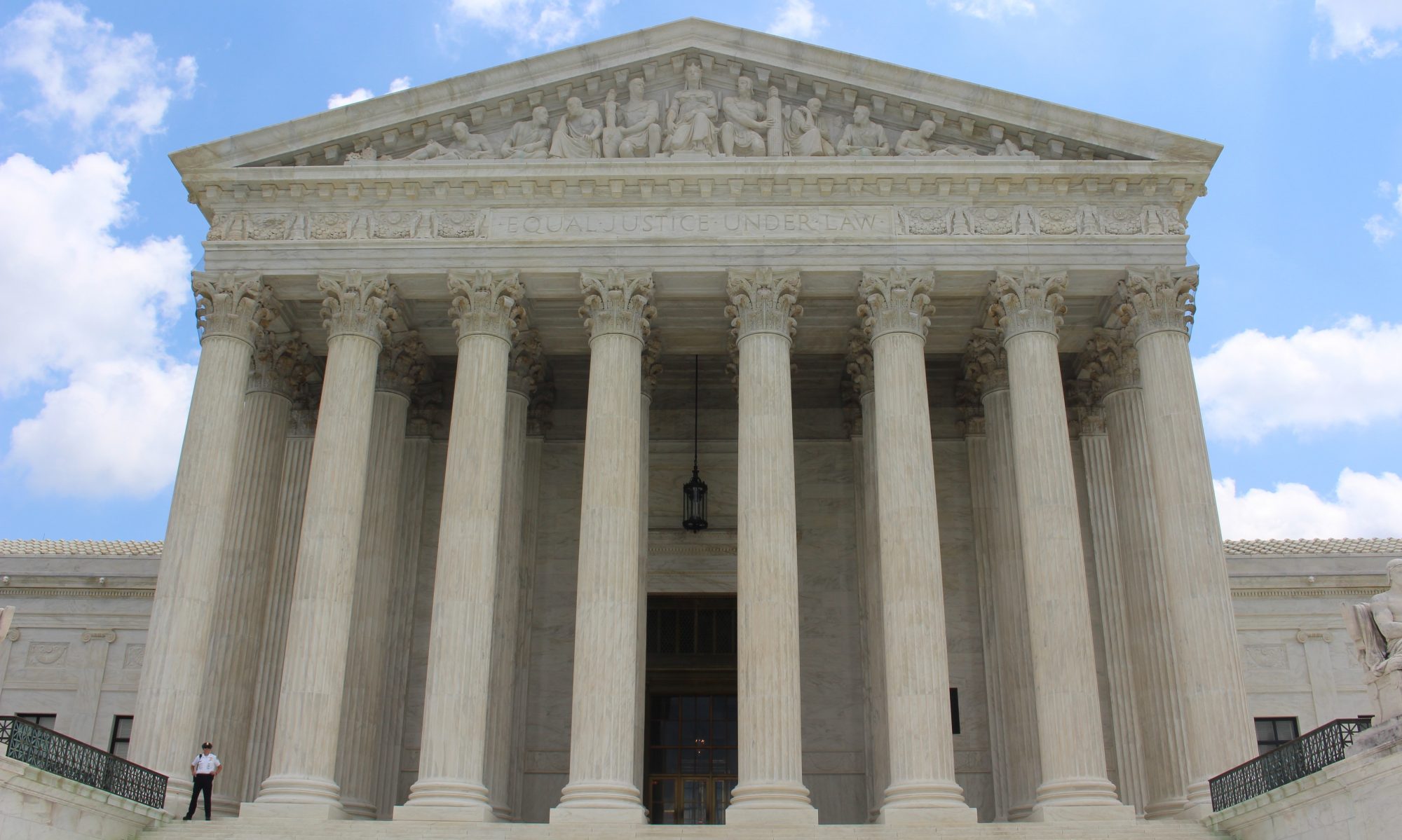Nancy Ehrenreich, Pluralist Myth and Powerless Men: The Ideology of Reasonableness in Sexual Harassment Law, 99 Yale L.J. 1177 (1990)
Henry L. Chambers, Jr., (In)Welcome Conduct and the Sexually Hostile Environment, 53 Ala. L. Rev. 733 (2002)
Susan Estrich, Sex at Work, 43 Stan. L. Rev. 813 (1991)
Kathryn Abrams, The New Jurisprudence of Sexual Harassment, 83 Cornell L. Rev. 1169 (1998)
Michael J. Vargas, Title VII and the Trans-Inclusive Paradigm, 32 J. Law & Ineq. 169 (2014)
Francisco Valdes, Queers, Sissies, Dykes and Tomboys: Deconstructing the Conflation of “Sex,” “Gender,” and “Sexual Orientation” in Euro-American Law and Society, 83 Cal. L. Rev. 1 (1995)
Vicki Schultz, Reconceptualizing Sexual Harassment, 107 Yale L.J. 1683
Carlotta J. Ross, DiCenso v. Cisneros: An Argument for Recognizing the Sanctity of the Home in Housing Sexual Harassment Cases
Sexual harassment, commonly associated with the workplace or classroom, also frequently occurs in the home. Unlike in employment or academic settings, sexual harassment in housing is a relatively undeveloped area of jurisprudence. Only recently have the courts confronted a steadily increasing demand to address matters of sexual harassment in housing. Notably, every court that has been faced with the question of whether sexual harassment is actionable under Title VIII has answered affirmatively.’ Following this trend, in DiCenso v. Cisneros, the United States Court of Appeals for the Seventh Circuit held that hostile environment sexual harassment claims are actionable under the Fair Housing Act.’ The court further held, however, under the de novo standard of review, that this particular tenant’s claim “was not sufficiently egregious.” The court relied on Title VII legal theories, as is common in Title VIII cases. That is, the court treated this housing sexual harassment case as the equivalent of an employment sexual harassment case. This comment reflects upon housing sexual harassment jurisprudence and ultimately questions the common practice of applying Title VII law to Title VIII cases.
Recommended Citation: Carlotta J. Ross, DiCenso v. Cisneros: An Argument for Recognizing the Sanctity of the Home in Housing Sexual Harassment Cases, 52 U. Miami L. Rev. 1131 (1998) Available at: http://repository.law.miami.edu/umlr/vol52/iss4/9
Robert G. Schwemm & Rigel C. Oliveri, A New Look at Sexual Harassment under the Fair Housing Act: The Forgotten Role of §3604(c)
Sexual harassment in housing is a significant national problem. Although less visible than the comparable problem in employment, sexual harassment in housing may be as prevalent and probably more devastating to its victims. Nevertheless, relatively little attention has been paid to this issue or to the law that should govern it. Indeed, the law of sexual harassment in housing developed well after and in virtual lock -step with the law of sexual harassment in employment. Thus, courts have simply interpreted the Fair Housing Act (FHA) to prohibit sexual harassment to the same degree-and only to the same degree-as it is prohibited in employment by Title VII of the 1964 Civil Rights Act. This is inappropriate. It is true that the FHA contains a “terms and conditions” provision that parallels the one in Title VII that has been the key to sexual harassment law in employment. But the FHA also contains an additional provision-§ 3604(c)-that bans sexually discriminatory statements in a way that goes well beyond its Title VII counterpart. The availability of § 3604(c) as an additional weapon in the arsenal against sexual harassment in housing-and its lack of use by courts and litigants is the subject of this Article.
Recommended Citation: Robert G. Schwemm & Rigel C. Oliveri, A New Look at Sexual Harassment under the Fair Housing Act: The Forgotten Role of § 3604(c), 2002 Wis. L. Rev. 771 (2002).
